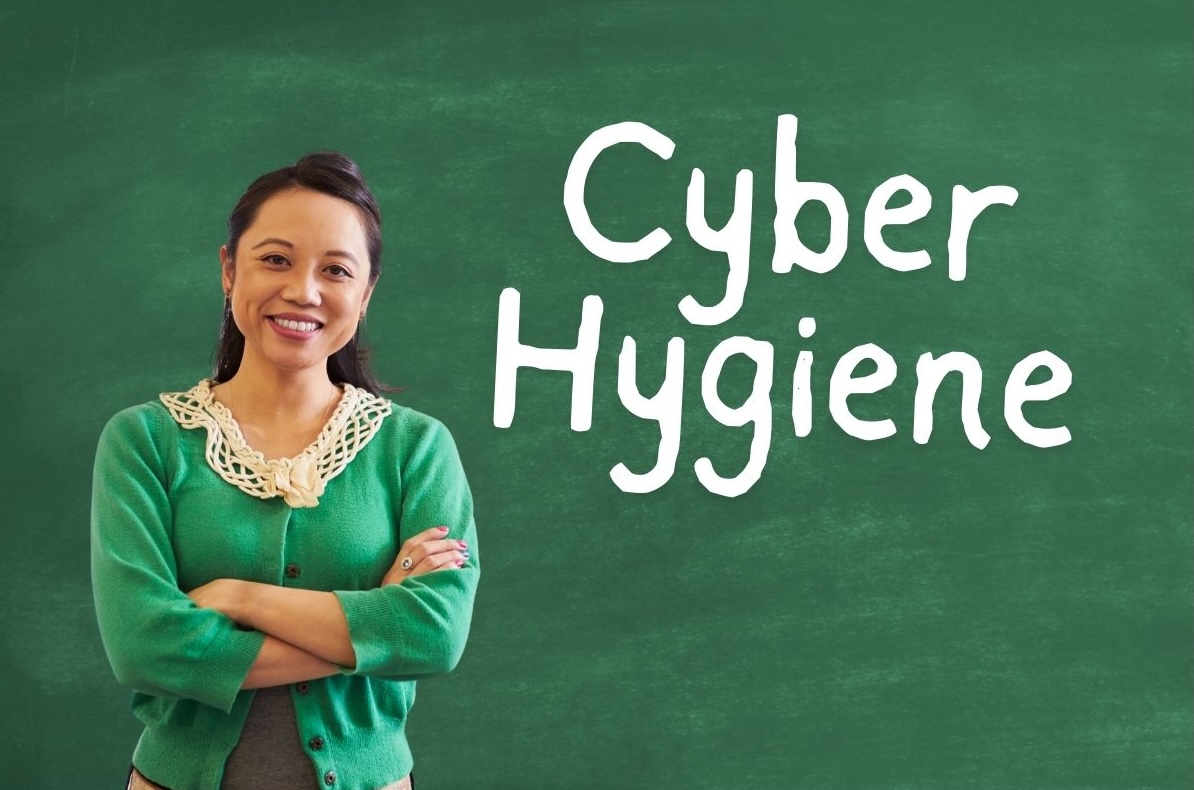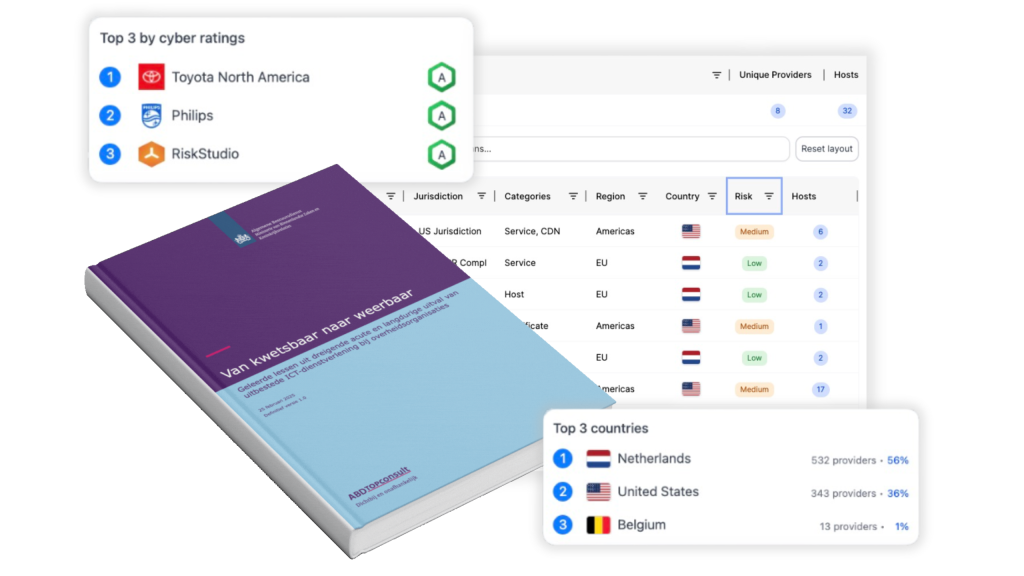Cyber hygiene refers to the fundamental practices and habits that organizations (and individuals) follow to keep their digital systems secure, healthy, and resilient. Just like personal hygiene helps prevent illness, cyber hygiene helps prevent IT systems from becoming vulnerable to cyberattacks, data breaches, or other digital incidents. It includes a range of preventive measures such as regular software updates, strong password use, access controls, and user training.
Key elements of effective cyber hygiene
Cyber hygiene involves a mix of technical controls, behavioral practices, and structured processes. Key examples include:
- Patch management: Timely updates of systems and software to close known vulnerabilities.
- Access control: Only authorized users can access sensitive systems or data — ideally using multi-factor authentication.
- Password policy: Strong, unique passwords supported by a password manager if needed.
- Antivirus and firewalls: Basic protection against malware and unauthorized access.
- User awareness training: Employees are often the weakest link. Ongoing security awareness is crucial.
- Backups: Automated and encrypted backups ensure data recovery in case of incidents or attacks.
Good cyber hygiene is not a one-time effort but a continuous process that needs regular review and adaptation to new threats and technologies.
Relevance to risk management and compliance
Cyber hygiene forms the foundation of any effective cybersecurity strategy. Organizations that lack basic security measures face a higher risk of incidents, reputational damage, and legal consequences. With regulations like NIS2, BIO, DORA, and the GDPR, the ability to demonstrate strong baseline protection has become essential. In many cases, these practices are minimum requirements for audits, tenders, or third-party partnerships.
Cyber hygiene also plays a vital role in supply chain risk management. If suppliers or subcontractors have weak digital hygiene, they pose a direct risk to your organization. Understanding their basic cybersecurity practices is no longer optional — it’s a business necessity.
How RiskStudio helps monitor cyber hygiene
RiskStudio makes cyber hygiene visible and actionable — not just within your own organization but across your entire digital ecosystem. The platform continuously monitors suppliers for indicators of poor hygiene, such as outdated software, known data breaches, or insecure configurations. With automated cyber ratings, you can instantly identify high-risk vendors.
RiskStudio also alerts you when things change: a new vulnerability, a ransomware attack, or an exposed system. You can organize suppliers around business processes, assign responsibilities, and take direct action when cyber hygiene falls short. This way, you tackle risks early — continuously and with evidence.






